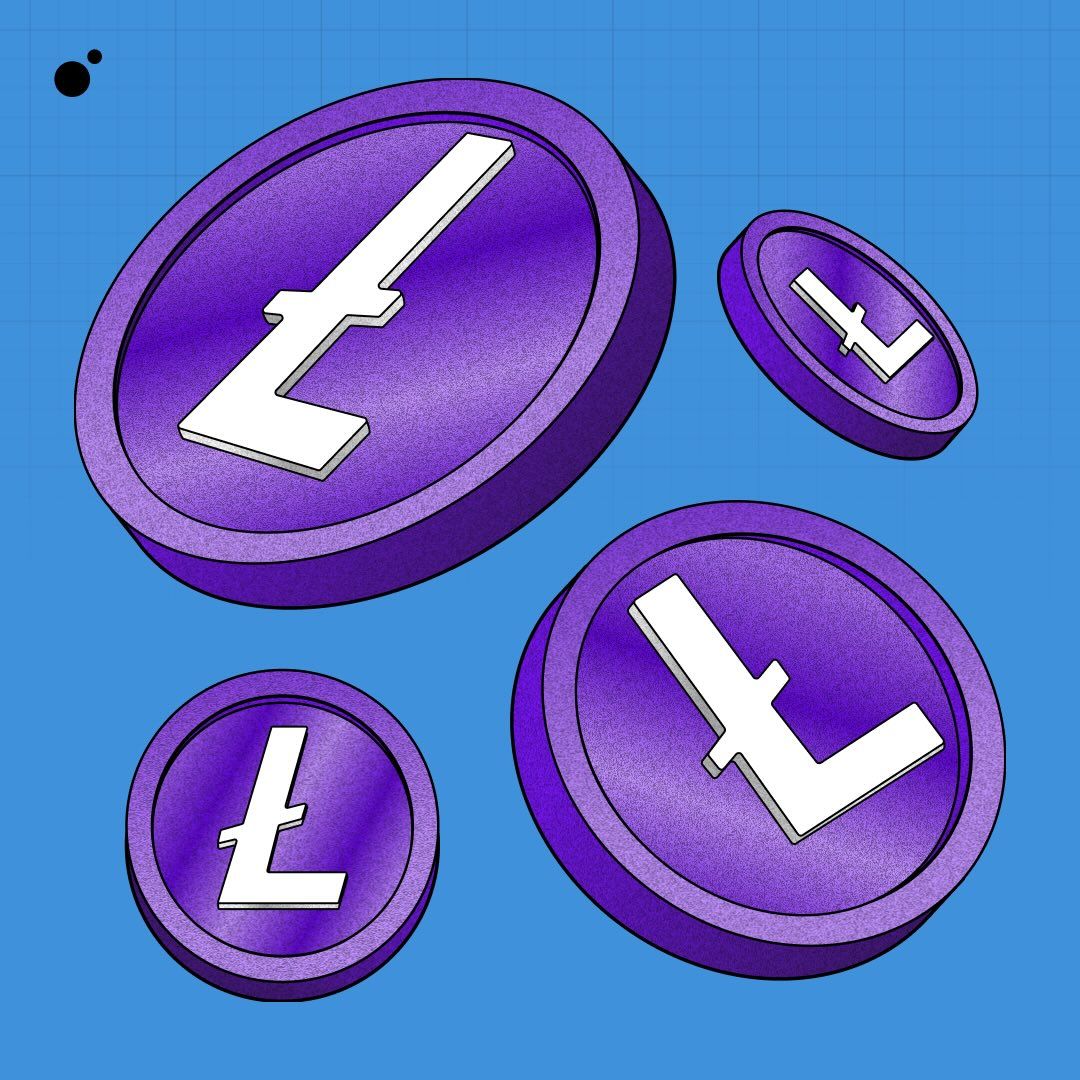Litecoin was launched in 2011 as a faster alternative to Bitcoin. Sometimes referred to as the "silver to Bitcoin's gold," Litecoin is known for its low fees and quick transaction times.
Sign up to our weekly MoonPay Minute newsletter
Cheat sheet

3 things to know about Litecoin
- It’s built for speed. Litecoin processes transactions about 4x faster than Bitcoin, with an average block time (the time it takes to confirm a new batch of transactions) of just 2.5 minutes. This makes LTC better suited for everyday payments.
- Launched in 2011, Litecoin is one of the oldest cryptocurrencies still in active use, with over a decade of uninterrupted operation.
- Litecoin shares much of Bitcoin’s codebase, with some tweaks that improve scalability and cost. Because of this, Litecoin is often used as a testbed for future Bitcoin upgrades.
Interesting fact
In September 2021, a fake press release claimed Walmart would accept Litecoin. LTC’s price spiked 30% before the hoax was exposed.
Visualizing Litecoin
Think of the Litecoin blockchain as carrying light cargo.

Heavy Many blockchains haul transactions like bulky cargo. Bitcoin, for example, creeps along with its 10-minute blocks. | Light Litecoin moves more briskly, shipping up to 56 transactions per second with a swift flow that’s four times faster than Bitcoin. |
Think of LTC transaction fees as a light breeze.

Stormy Many blockchains charge erratic fees that can get quite high. Ethereum’s fees, for example, spike when there’s network congestion. | Breezy Litecoin’s wind blows soft and steady, with transaction fees often under a cent. This is made possible by its efficient design and lower network strain. |
Think of Litecoin’s codebase as malleable metal, strong but adaptable.

Brittle Bitcoin’s coding, which has rigid scripts, can be tough to work with. It’s unyielding, prone to cracks, and difficult for new developers to grasp. | Malleable Litecoin is built on a modified Bitcoin framework that’s more adaptable, making it easier for developers to adjust. |
Low key
Litecoin’s launch didn’t have the same fanfare we see now with other major projects. On October 7, 2011, Charlie Lee casually announced it on the Bitcointalk forum, which was then the go-to discussion board for crypto developers and enthusiasts. Lee released the code as an open-source project and Litecoin was operable six days later—no hype, just a grassroots launch. Crypto writer Eduardo Prospero calls Lee’s forum post an “archeological artifact from forgotten times."
Subscribe to our newsletter!
Did you like this article? Sign up to our weekly MoonPay Minute newsletter to get similar content delivered directly to your inbox.
